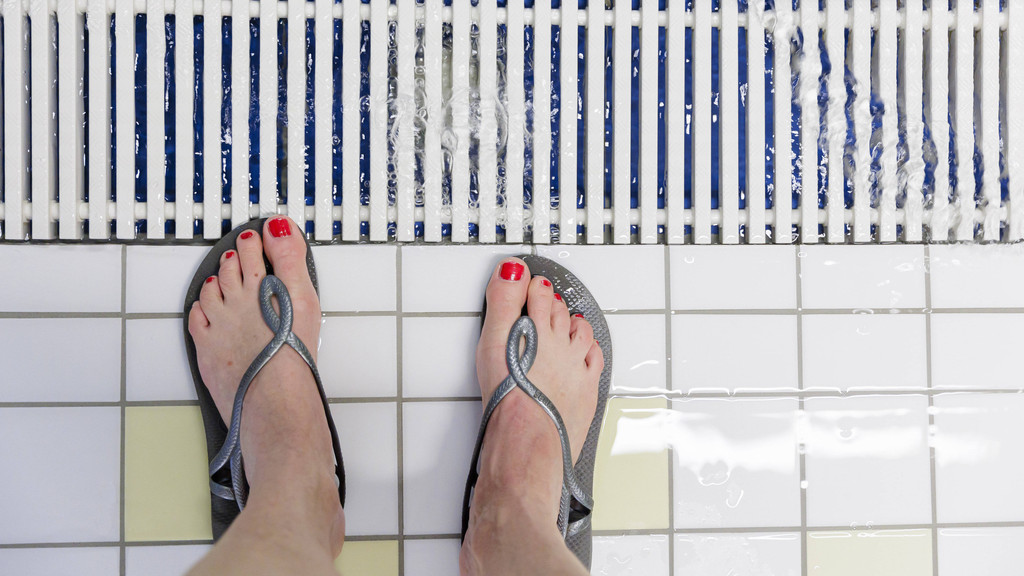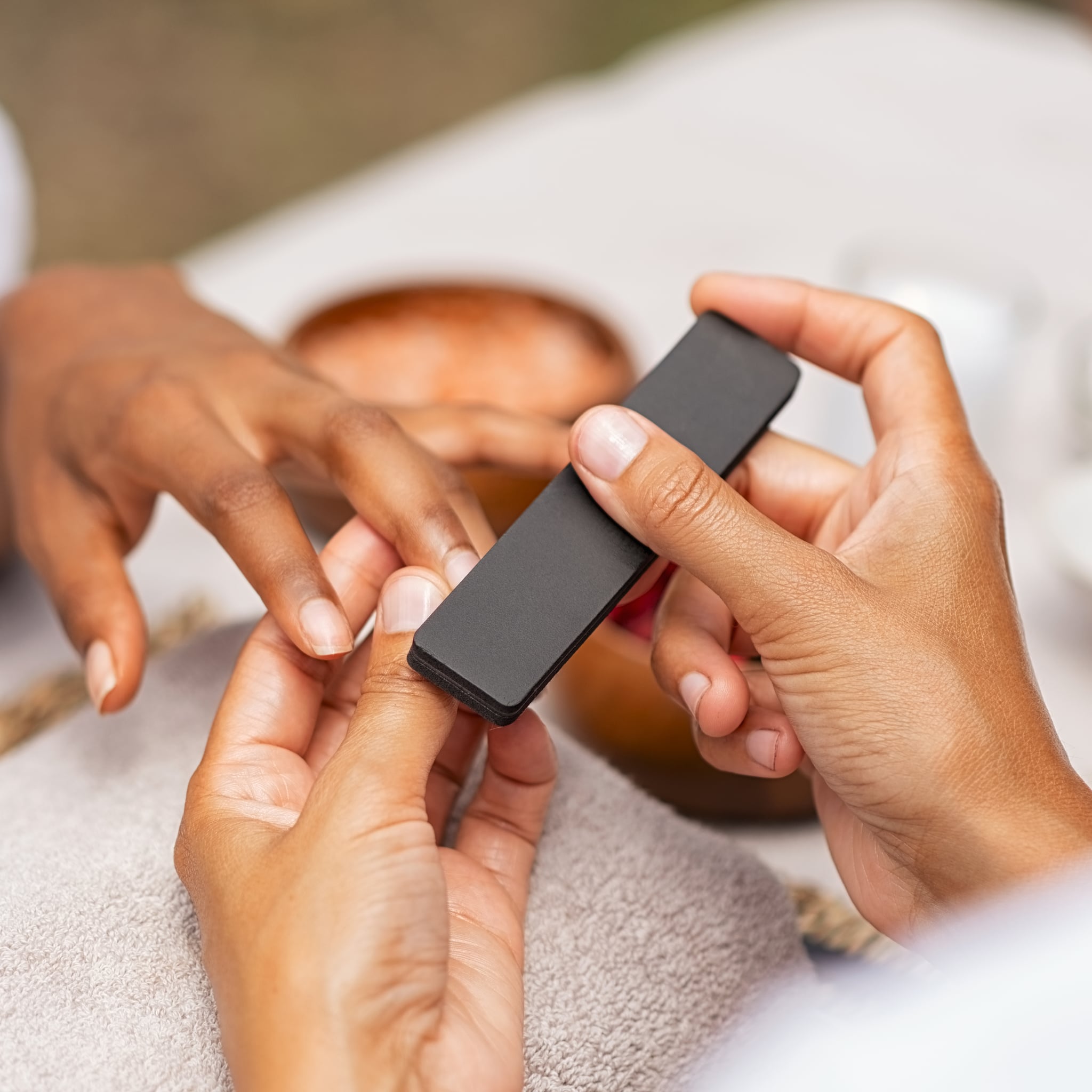
ATHLETE'S FOOT: EVERYTHING YOU NEED TO KNOW
Athlete's foot is a very common fungal infection of the skin.
Athlete's foot can cause a range of symptoms including severe itching, blistering, cracking or peeling skin and redness.
GP Dr Nisa Aslam, an adviser to the Skin Life Sciences Foundation (www.slsf.uk), has everything you need to know about the condition.
What causes athlete's foot?
The infection is caused by a fungus that thrives in warm, moist environments.
"While it gets its name because of the prevalence among athletes who share grimy changing room floors, you don't need to play a sport to get athlete's foot. It's incredibly common and anyone can get it," Dr Aslam explains. "Athlete's foot thrives in moist and warm environments, such as inside sweaty shoes and socks. It grows and survives by consuming keratin, a type of protein found in your hair, skin, and nails."
The expert adds, "While athlete's foot loves to live and grow on feet, the fungus isn't tied to your toes. Athlete's foot is highly contagious and able to spread to other parts of your body when it comes in contact with it or by being transferred through items like towels, socks, shoes, or floors that may have particles of dead skin."
Who can get athlete's foot?
Anyone can fall victim to the itchy fungal infection.
Dr Aslam says, "Anyone can get athlete's foot at any age. It is more common in those who spend lots of time barefoot in shared spaces and also in those who have broken skin, perhaps because of eczema or psoriasis."
Why is athlete's foot worse in the summer?
It is common for those who wear sandals in the summer to get athlete's foot.
"Firstly, you are more likely to be walking around barefoot in shared spaces like swimming pool changing rooms and decking," Dr Aslam states. "This means there is a greater likelihood of your feet coming into contact with tiny, infected skin cells that have been shed by others onto the floor. Secondly, those who sweat more are more prone to infection and, let's be honest, we all sweat more during the summer."
Additionally, the insides of your shoes will be warmer and sweatier, making them the ideal breeding ground for the fungus, and your dried-out skin can become more prone to infection as it can lose its natural protective oils in the sun.
How to treat athlete's foot
If you think you might have athlete's foot, it is important to treat it immediately. Dr Aslam recommends using Nystaform Cream, Nystaform HC Cream or Nystaform HC Ointment to tackle the infection.
2024-06-27T11:43:11Z dg43tfdfdgfd











